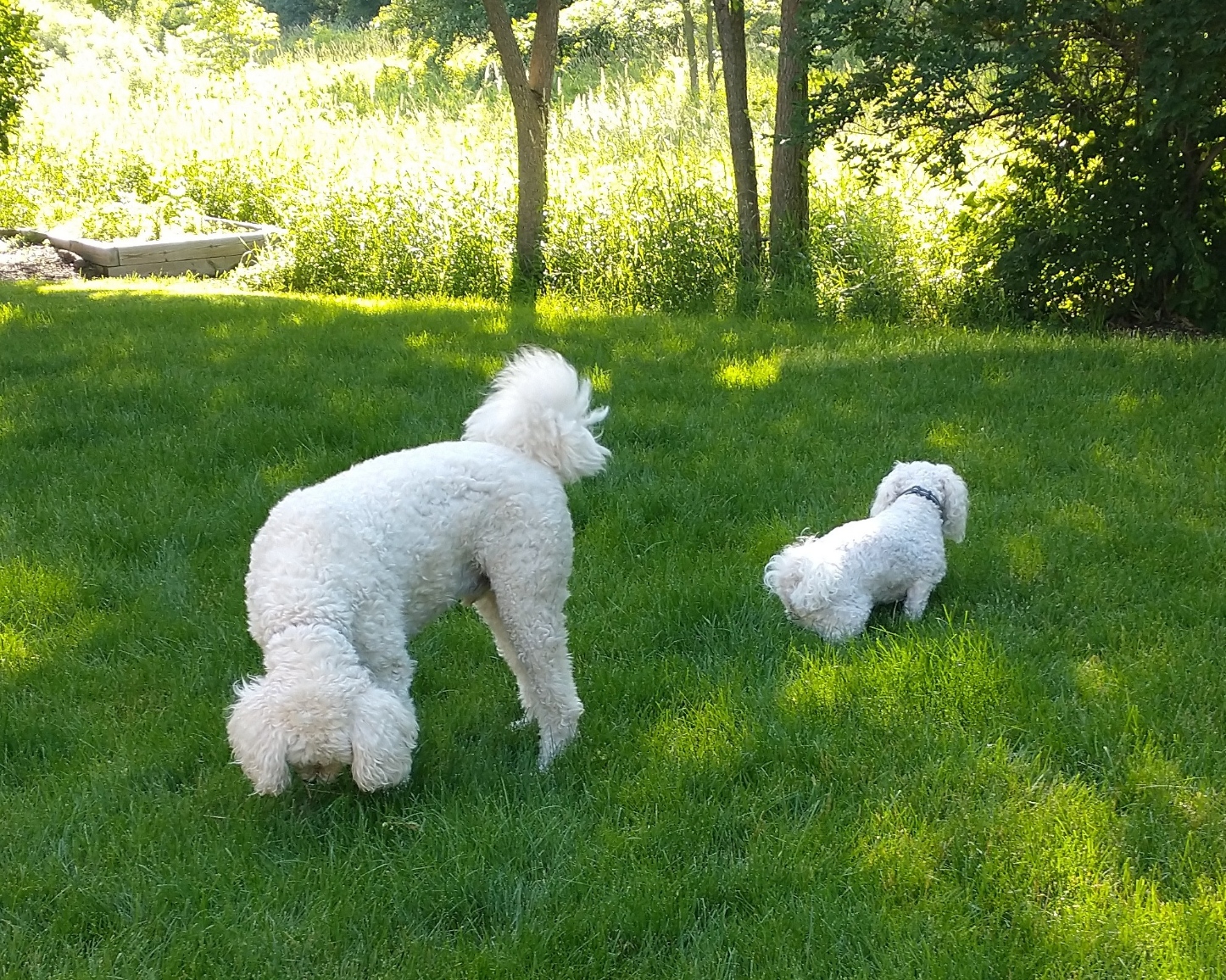October 25, 2013, Charleston, S.C.--Charleston, S.C., has
been on my list of places to visit. Now I can say I have been there.
In some ways, Charleston reminded me of New Orleans, with
its grand old homes, riverfront views, narrow streets, its history, and its
traffic. Yes, traffic. For a city that isn’t really that big, Charleston has a real
traffic problem.
Yesterday, while Jim was trying to solve another electrical
problem (it turned out to be the RV park’s problem, not ours), I went into
Charleston on my own. The day before, we had driven into the historic downtown
area and gathered brochures at the Visitors Center, where we discovered that
the city offers three free trolley car rides to tourists (as well as to
residents). I intended to park in one of the public lots somewhere along one of
the main streets (Meeting St. or King St.) and catch a trolley for an unguided
tour.
 |
| The fountain in Battery Park was dyed pink in honor of breast cancer awareness. |
I drove around for at least 30 minutes (maybe longer),
looking for a place to park. Every lot was full. My dilemma reminded me of the
last time I had gone into New Orleans before moving back to Indiana: I had
wanted to take some final pictures, and drove into the city. Unfortunately, I
could not find a parking place, so I gave up and went back home. I never did
take any pictures of landmarks in New Orleans.
I didn’t give up so easily yesterday. Instead, I drove back
to the Visitors Center and parked there. I caught the Green Line Trolley and
rode it around until it arrived at Market St. I wandered the four blocks of
open-air market buildings, which have stood there since 1807, bought some
excellent pralines for dessert, and then re-caught the trolley and headed home.
 |
| The open-air market extends for four blocks and has stood in the same place since it was opened in 1807. |
The old mansions in Charleston are quaint and beautiful. We noticed that many of the mansions face inward. We later learned that they were built with their front porches either facing west or south to catch the best sun as well as the sea breezes.
 |
| A mansion whose front porches face inward rather to the street. |
Jim and I are not “into” mansions and plantations, so we did not take a city
tour. Instead, we took a Gullah Geechee Culture Tour.
Gullah (also known as Geechee) is a culture and a language
spoken by the slaves who were brought to the area from Africa. This invented
language is a hodgepodge of English and African languages. It is still spoken
by some Gullah peoples who live on the barrier islands in South Carolina and
Georgia, but it is a dying language and culture.
Our tour guide took us around the city and two of the
barrier islands and explained slavery and the Gullah culture in Charleston. It
was a very informative two and a half hours.
 |
| Slave quarters on one of the barrier island plantations. |
After the tour finished, we found a Gullah restaurant the
guide recommended. I had a Gullah specialty of rice, sausage, chicken, and
shrimp. I would liken it to jambalaya, although the spices were different and
it was not tomato-based. Jim had a seafood bisque with Gullah red rice (a spicy
rice; Gullahs eat rice with all their meals). The lunch was typical low-country
and excellent.
With lunch under our belts, we found Patriot’s Point, a park
and sports complex area that is home to the USS Yorktown (a WWII aircraft
carrier). We also found a memorial to South Carolinian submariners--a replica
of a submarine with the sail (conning tower) and the rudder from two different boats.
 |
| USS Yorktown aircraft carrier |
 |
| The submarine memorial In Patriots Point |
Charleston has a lot of museums and is a repository of
history. It is where the Civil War began, with the attack on Fort Sumter. If I
were to come back, I think I would want to visit some of these museums. But for
now, we passed on them.
Tomorrow we head on home.
It has been a good trip.
Until later,
Your Reluctant RoVer,
Linda







No comments:
Post a Comment